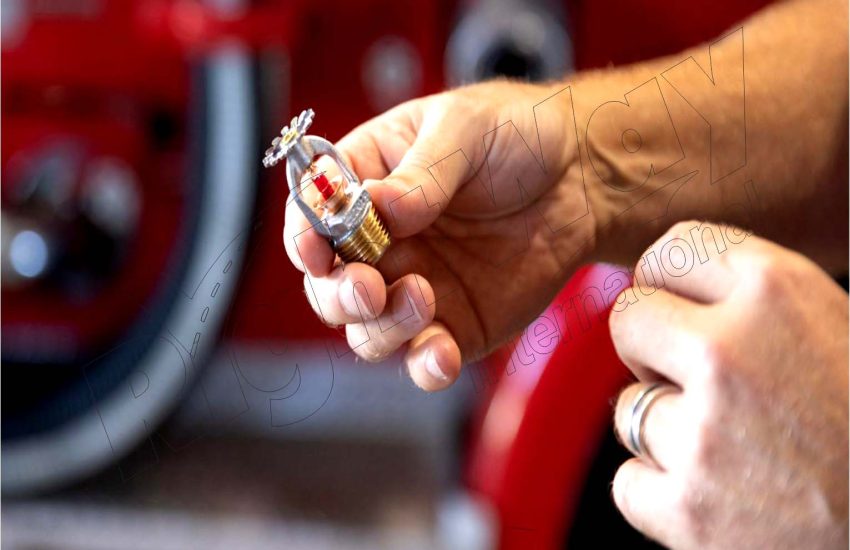Sprinkler systems are vital for maintaining healthy, attractive landscapes while conserving water. However, to function effectively, these systems require regular testing and maintenance. Routine sprinkler system testing helps identify issues early, improves water efficiency, and ensures regulatory compliance.
💧 Why Sprinkler System Testing Matters
1. Ensures Optimal Water Coverage
Over time, sprinkler heads can become misaligned, clogged, or damaged, leading to uneven watering. As a result, some areas may flood while others dry out. Testing helps detect and fix these issues, ensuring consistent water distribution across your landscape. This not only promotes healthier plant growth but also reduces water waste.
2. Detects Leaks and Malfunctions Early
Leaks in pipes, valves, or sprinkler heads can waste thousands of gallons of water and inflate your utility bill. During testing, technicians inspect the system for leaks, broken heads, or malfunctioning valves. Catching these problems early prevents extensive damage and helps maintain system efficiency.
3. Improves Overall Efficiency
Testing allows you to fine-tune your system for maximum efficiency. Technicians evaluate water pressure, flow rates, and spray patterns to identify areas for improvement. Adjusting sprinkler heads or updating watering schedules can lead to substantial water and cost savings over time.
4. Prevents Plant Damage
Too much or too little water can harm plants. Overwatering may lead to root rot or fungal diseases, while underwatering can cause stress or death. Regular testing ensures the system delivers the right amount of water, helping your garden thrive and preventing costly landscape damage.
5. Ensures Regulatory Compliance
In many areas, local ordinances require regular sprinkler system inspections—especially for commercial properties or HOAs. Staying compliant helps you avoid fines and ensures your system meets current environmental and safety standards.
🔍 What to Expect During Sprinkler System Testing
To keep your system in top condition, professionals follow a structured testing process that includes inspection, measurement, and adjustments.
1. Visual Inspection
Technicians start by examining the entire system. They look for visible issues like cracked pipes, tilted sprinkler heads, or damaged valves. This step helps identify obvious problems before activating the system.
2. System Activation and Zone Testing
Next, the system is turned on to observe performance in real time. Each sprinkler zone is evaluated to ensure all heads are operating correctly and spraying uniformly. Any misaligned heads are immediately adjusted to restore full coverage.
3. Measuring Water Pressure and Flow Rates
Technicians use specialized tools to measure water pressure and flow rate throughout the system. If pressure is too low or uneven, it may indicate blockages or design flaws. Proper flow ensures efficient water use and prevents waste.
4. Leak Detection
Leaks are checked using both visual cues and pressure testing. Technicians may inspect underground pipes for signs of water pooling or soil erosion. Identifying leaks early prevents water loss and costly repairs.
5. Controller and Timer Assessment
The controller and timer are crucial for automated watering. Professionals verify that these components are set correctly and functioning as intended. They may recommend seasonal adjustments to optimize watering based on weather conditions.
6. Adjustments and Recommendations
After completing the inspection, technicians fine-tune the system. They may replace worn parts, reprogram timers, or calibrate sprinkler heads. In addition, they provide recommendations for future maintenance or upgrades to improve performance.
✅ Conclusion: Stay Ahead with Regular Sprinkler Testing
Sprinkler system testing is more than just a maintenance task—it’s a proactive step toward preserving your landscape, reducing costs, and conserving water. By:
- Ensuring even water distribution
- Detecting leaks and inefficiencies
- Preventing plant damage
- Complying with local regulations
—you extend the life of your system and support sustainable irrigation practices. Schedule routine testing at least once a year (or seasonally for larger properties) to keep your outdoor spaces lush, green, and healthy year-round.


